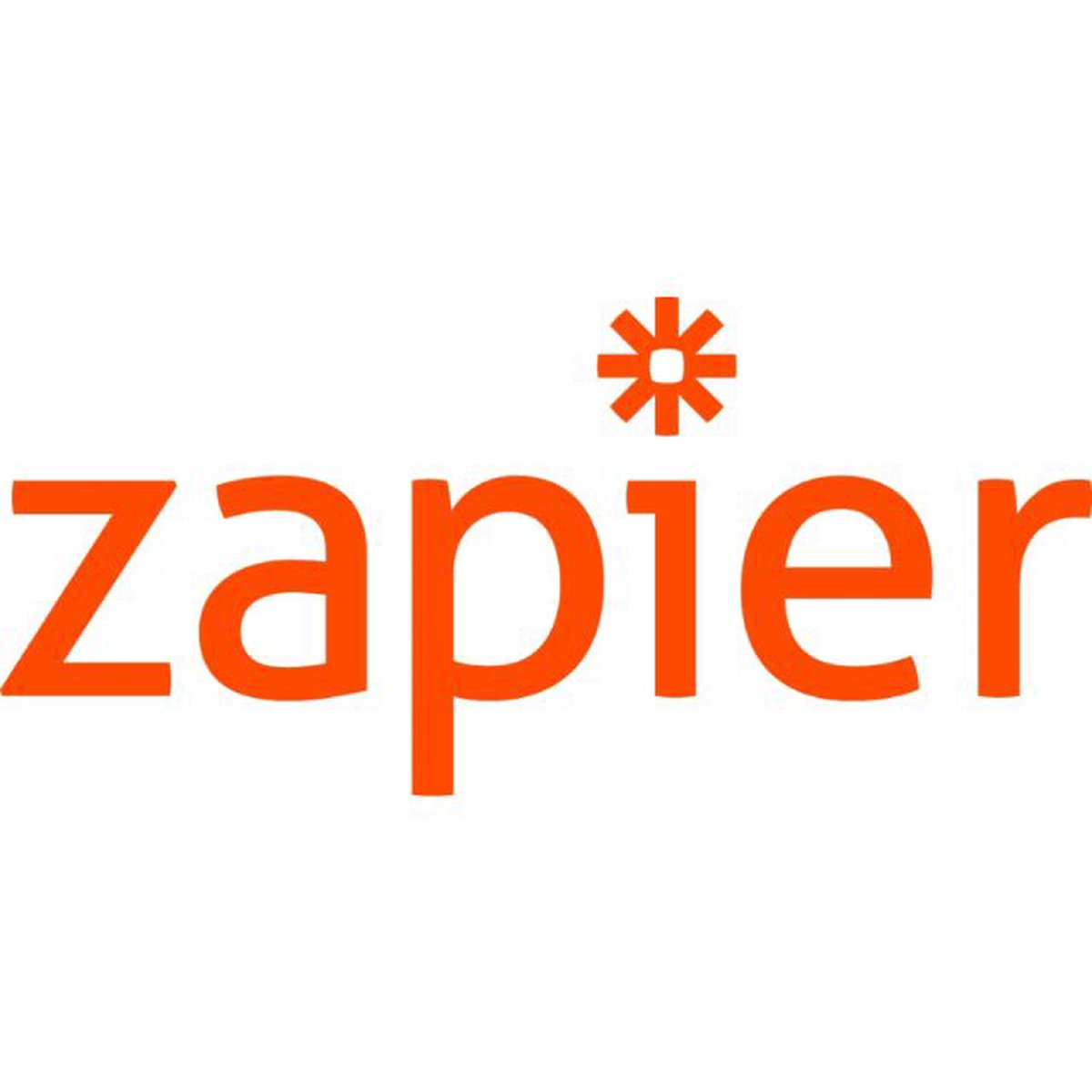Zapier
Connects thousands of apps to automate workflows without coding.

Zapier is a no-code automation platform that connects apps to streamline workflows. It enables users to create “Zaps,” which are automated workflows triggered by specific events in one app to perform actions in another.
The platform supports a drag-and-drop interface for building workflows, allowing users to set triggers, actions, and conditional logic without technical expertise. Features include multi-step Zaps, scheduled tasks, and data formatting tools to transform inputs between apps. Users can customize workflows with filters, delays, or paths to handle complex automation scenarios efficiently.
Zapier integrates with over 5,000 apps, including Slack, Gmail, Trello, Salesforce, and Google Sheets, enabling seamless data transfer across ecosystems. It supports webhooks and APIs for custom integrations, and its built-in apps like Formatter and Paths enhance data manipulation. The platform also offers templates for common workflows, reducing setup time for repetitive tasks.
Businesses use Zapier to automate repetitive tasks like syncing customer data between CRMs and marketing tools, sending notifications for form submissions, or scheduling social media posts. Marketing teams leverage it to connect lead generation tools with email campaigns, while small businesses automate invoice creation from payment platforms. Developers use it to prototype workflows before building custom integrations.
Free plans are limited to single-step Zaps and basic apps, with premium features like multi-step workflows requiring paid tiers. Users should verify app-specific API limits, as some integrations may throttle high-volume automations. Data privacy compliance, such as GDPR, depends on proper configuration and app-specific settings.